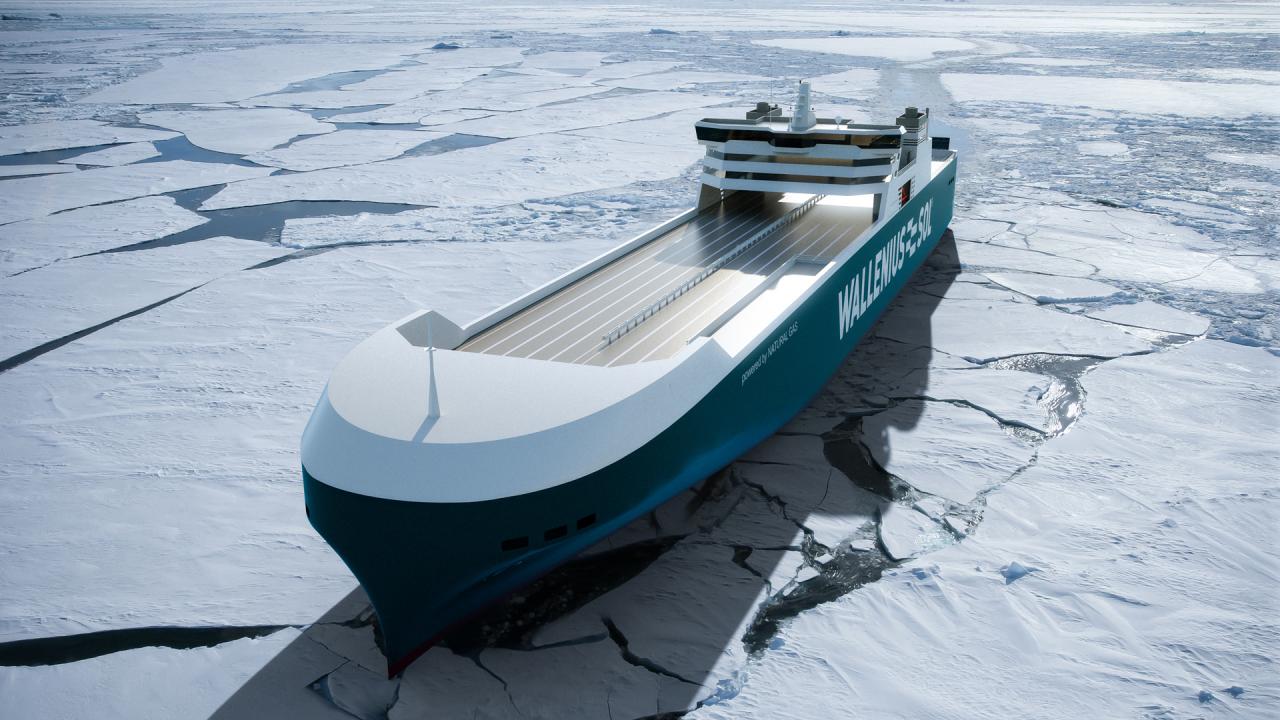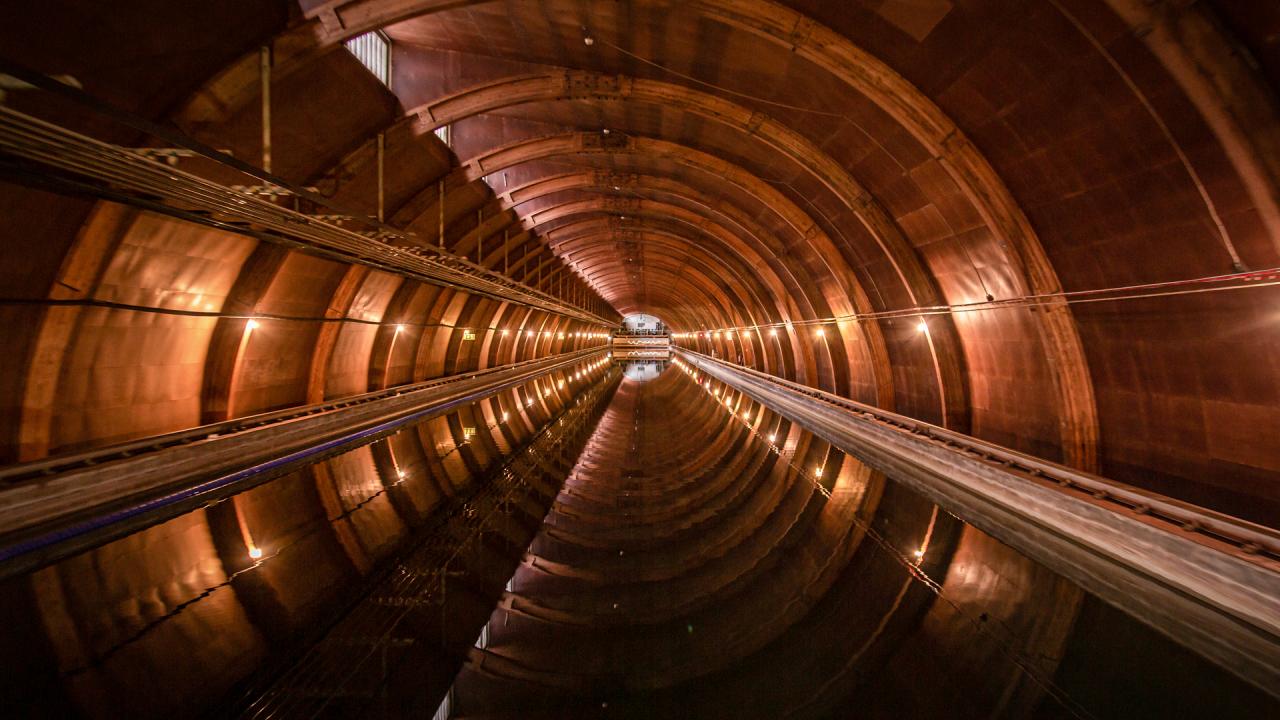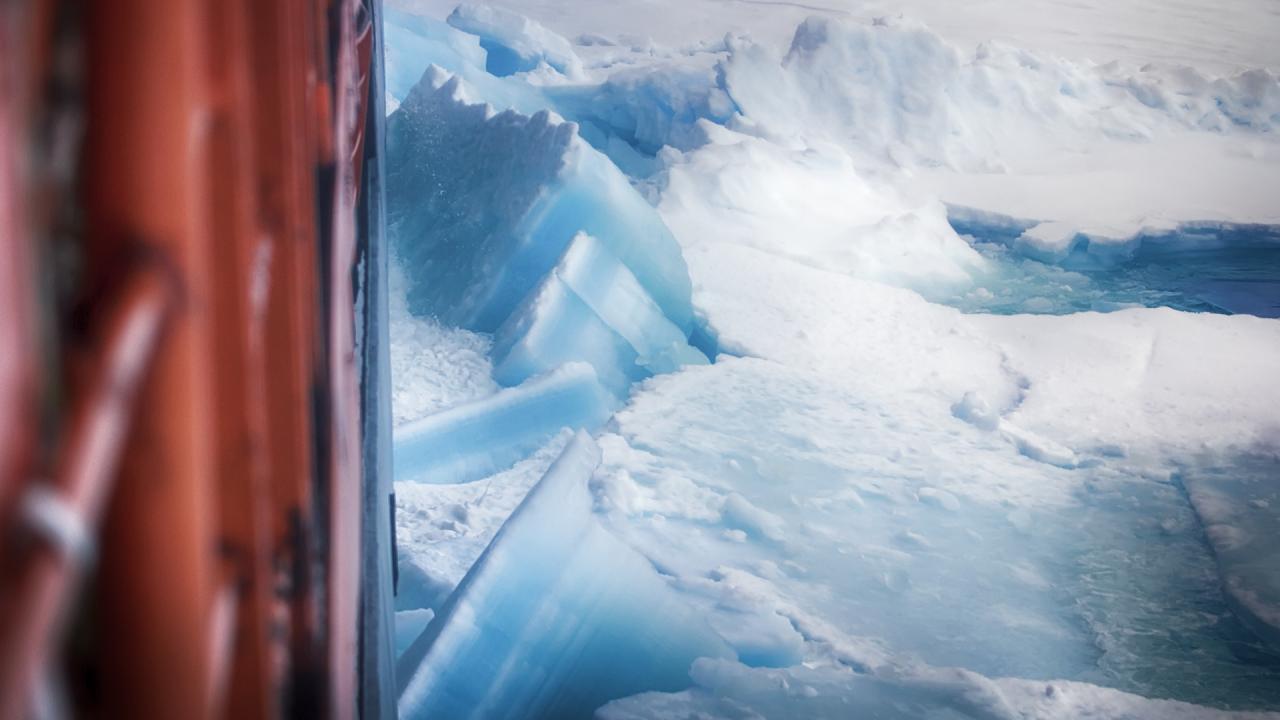New LNG RoRo vessels reduce greenhouse gases by 63%
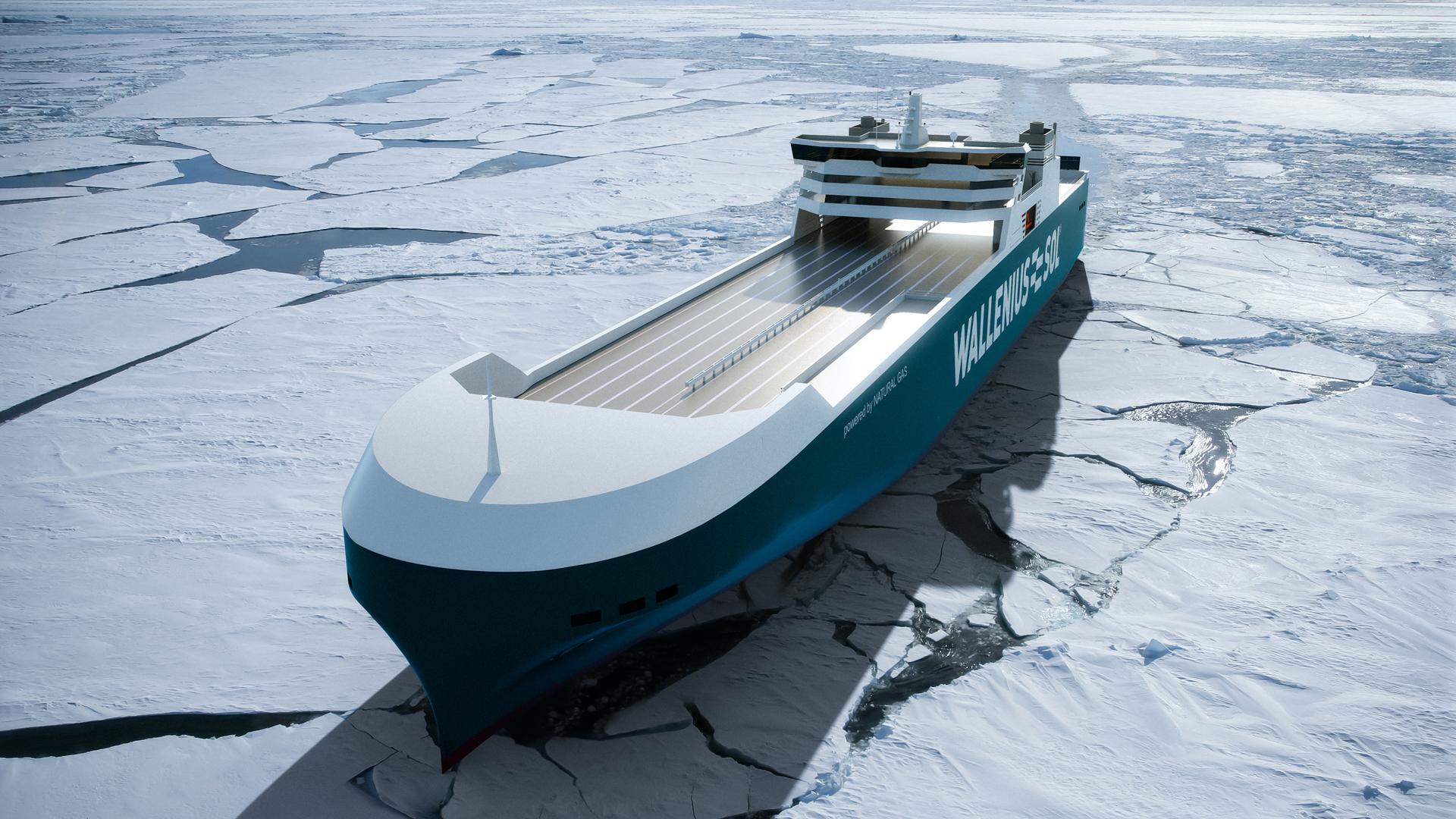
WALLENIUS SOL’s new, ice-rated LNG-powered RoRo vessels will have a significantly lower environmental impact compared to older vessels. According to IVL, hull design had a major beneficial effect on energy efficiency.
IVL – the independent Swedish Environmental Research Institute – was commissioned to calculate how the new type of vessel compares with those currently plying the route from the northern Baltic to ports on the continent. The vessels are currently under construction at the CIMC Raffles shipyard in China, where the project is led by Wallenius Marine. A comparison was made with the RoRo ship Thuleland, which has been in operation since 2006 and is best-in-class in terms of low environmental impact.
Significant reduction in emissions
According to IVL’s calculations, the new class of vessel will be significantly more energy efficient in terms of the weight of cargo transported. The new ships also reduce emissions of greenhouse gases (63%), NOx (96%), SOx (99%) and particulates (99%).
The significantly higher energy efficiency is due in part to upscaling – larger vessels with greater load capacity are simply more efficient. However, the design of the ship also enhanced efficiency to a similar degree – partly through the hydrodynamic characteristics of the hull and partly due to the ability of the designers to keep the weight down.
“We put a great deal of effort into the design. We conducted two parallel processes when developing the hull, and you could say that Knud E Hansen and SSPA were urged to ‘compete’ with each their own design. This resulted in a very good hull that works better than we expected,” says Martin Carlweitz, who works with operations in Liner Service at WALLENIUS SOL.
Optimized according to use
The fact that the ships will be heavily laden on the outbound trip, but will have light cargo for the remainder of the time was a major challenge.
“In our case, there will be a 2.5 metre difference in draught between the outbound and return trips. It would be easy to think that we only need optimize for the deepest draught, but we wanted to do so for the actual operating profile we anticipated. Among other things, this resulted in a tear-drop bulbous bow rather than a more conventional, rounded shape. We have also put great effort into the stern, which will be shaped like a W,” says Martin Carlweitz.
Also, it all gets complicated by the fact that ships have to perform optimally in many different and difficult conditions, including high seas and ice.
“The slimmer a hull is, the less fuel it uses. But at the same time, a ship must have a high load capacity. I think we’ve achieved a good balance between an ample and slim hull, which in turn provides a good trade-off between load capacity and fuel consumption. We’ve slimmed down the hull as far as possible without compromising on capacity, e.g. by carefully thinking through the location of machinery spaces and loading ramps,” says Martin Carlweitz.
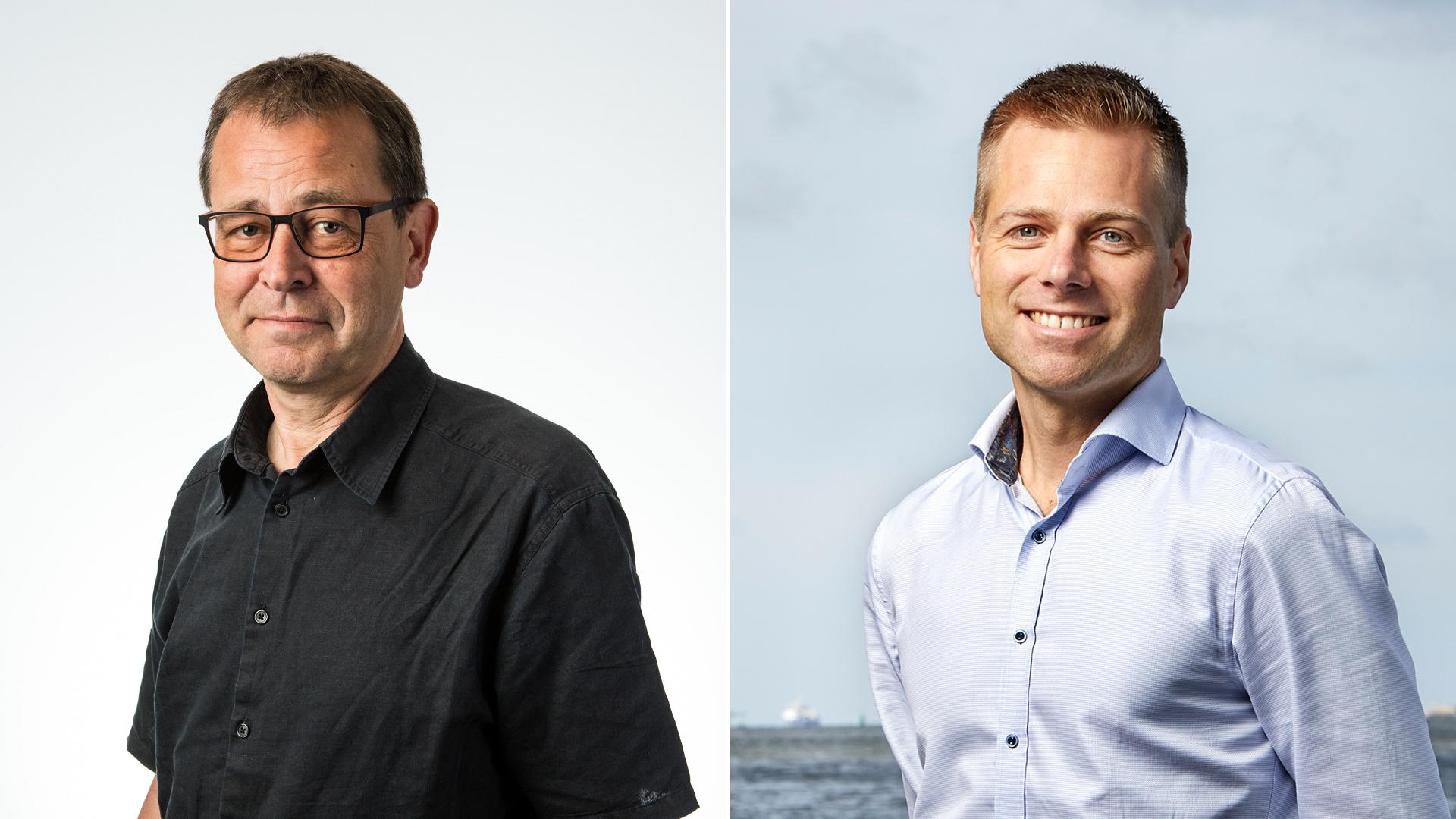
Lowering the centre of gravity
The ship’s weight also affects fuel consumption.
“It’s inevitable that a ship with four cargo decks will have a high centre of gravity. But we managed to lower the ship’s centre of gravity more than we initially anticipated, which means we’ll need less ballast,” says Martin Carlweitz.
Powering ships with LNG almost eliminates SOx and particulates, while NOx emissions are reduced. However, LNG is a fossil fuel with everything this means in terms of greenhouse gas emissions. But thanks to the improved energy efficiency, greenhouse gas emissions are still significantly reduced.
“We see LNG as the best realistic fuel option right now. LNG will have to be a step on the road toward the biofuels for which our ships are ready, but the production of such alternatives is currently too low at present. The ships are also prepared for what is known as peak shaving, where surplus power from the engines is used to charge a battery. We’ve prepared space, wiring and ventilation, and the only thing missing is the battery itself. The idea here is to use power from the battery, e.g. for manoeuvring the ship in port,” says Martin Carlweitz.
“Significant reduction in social costs”
In the next step, IVL has been commissioned to produce a report on the socio-economic impact of the ships’ emissions. The report is planned for completion by the end of June this year.
“All emissions have a negative effect on society, and lead to increased costs for such things as healthcare and the impact on vegetation. This is especially true of ships,” says Erik Fridell, who works with maritime issues at IVL.
“But what I can say right now is that we’re seeing a significant reduction in the cost to society from this new class of ship compared to present day tonnage. Better fuel performance and reduced emissions will above all lead to a reduction in human health risks, as well as lowering the impact on crops and fewer greenhouse gas emissions. It will also mean a reduced impact in other areas that cannot currently be quantified, such as eutrophication and acidification. So actually, the figures for the savings we see are really an underestimate,” says Erik Fridell.

